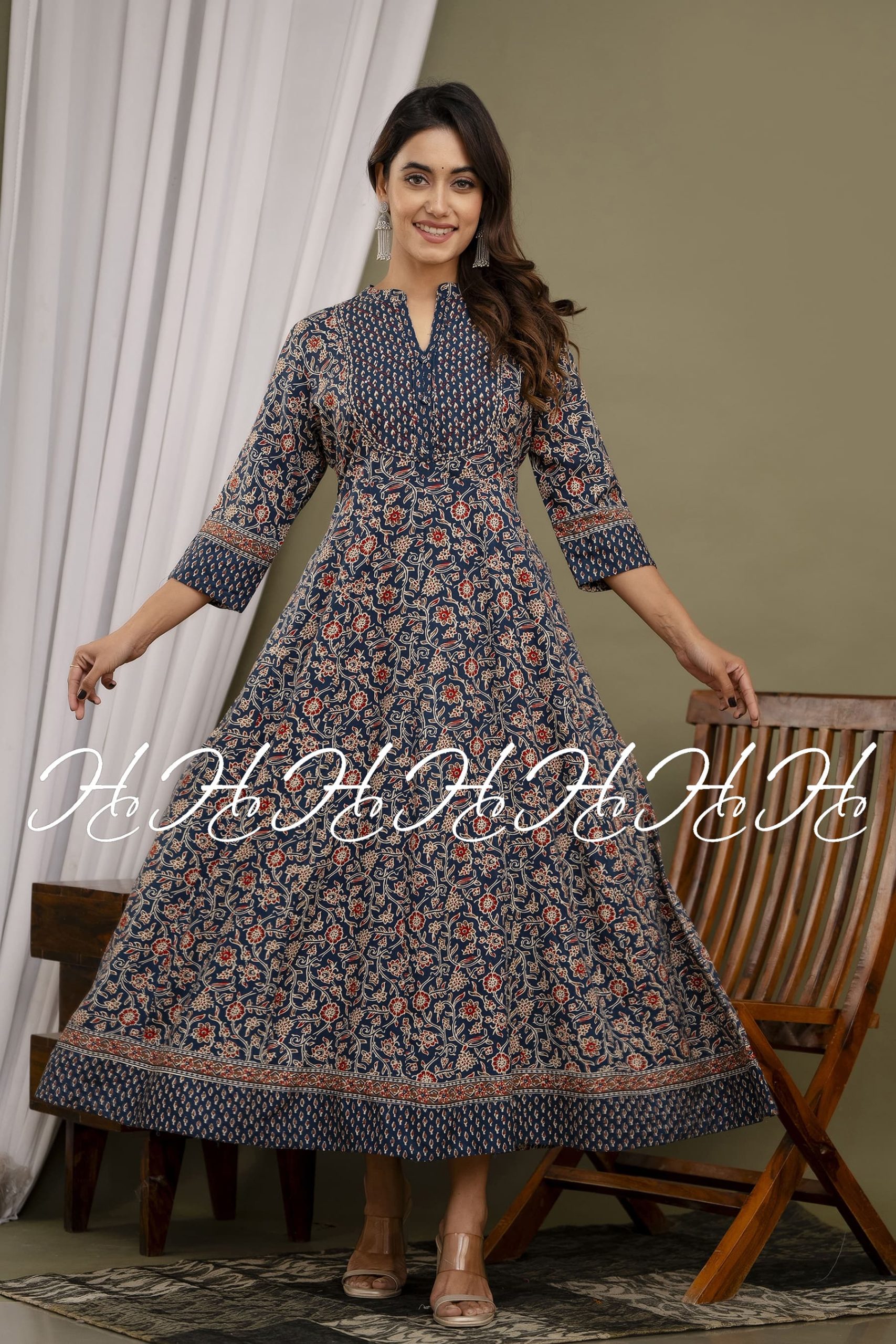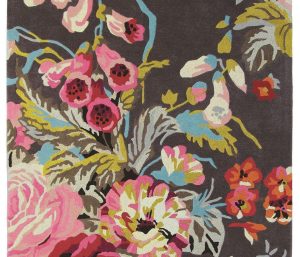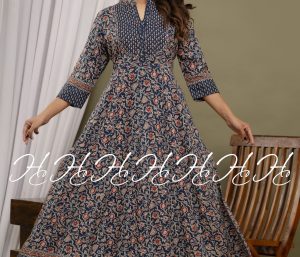How do kurti manufacturers maintain consistency in sizes and stitching?

Consistency in sizes and stitching is one of the most crucial aspects for any kurti manufacturer. Customers expect kurtis to fit perfectly and exhibit flawless stitching, whether they purchase a single piece or buy in bulk. For wholesale buyers and retailers, maintaining this standard ensures customer satisfaction, repeat orders, and brand credibility. So, how do kurti manufacturers achieve this high level of uniformity across all their products?
Standardized Measurement Charts
The first step for a wholesale kurti manufacturer to maintain size consistency is the use of standardized measurement charts. Each design—whether it is a straight-cut kurti, an A-line, or an Anarkali—is assigned specific measurements for bust, waist, hip, and length. These charts are meticulously created after multiple trials and fittings. Manufacturers like Harsh Creation ensure that these charts are strictly adhered to by the production team, so every kurti meets the expected dimensions without deviation.
These standardized charts also make it easier to scale production. For instance, if a retailer orders 500 pieces of an Anarkali kurti, the factory can reproduce the exact same size across all units without manual adjustments. This precision minimizes errors, reduces wastage, and improves overall efficiency.
Skilled Tailoring Teams
While measurements are essential, skilled tailors play an equally important role in maintaining stitching consistency. Leading anarkali kurti wholesaler Rajasthan brands like Harsh Creation invest heavily in training their tailors. Tailors are trained not just in basic stitching techniques but also in understanding the nuances of different fabrics, such as cotton, georgette, or silk.
For example, stitching a flowy Anarkali kurti requires different handling compared to a straight-cut cotton kurti. Experienced tailors adjust thread tension, stitch length, and seam finishing according to the fabric type, ensuring the final product is neat, durable, and consistent.
Modern Machinery and Technology
Modern kurti manufacturers increasingly rely on advanced machinery to maintain consistency. Automated sewing machines, laser-guided cutting tools, and computerized pattern-making systems allow for precise cuts and uniform stitching. These machines reduce human errors that might occur when handling large production volumes.
For instance, an anarkali kurti wholesaler Rajasthan factory can use computerized machines to cut multiple layers of fabric at once. This ensures all pieces of a single design are identical before stitching begins. Such technology not only speeds up production but also guarantees uniformity in each kurti produced.
Quality Control Checks
Consistent quality is impossible without rigorous inspection. Leading manufacturers implement multiple quality control checkpoints throughout the production process. The first check occurs after fabric cutting, ensuring every piece aligns perfectly with the pattern. Another inspection is conducted after stitching to verify seam integrity, stitch density, and alignment of embellishments like embroidery or lace.
Some manufacturers also conduct random sampling at the final stage. This helps identify any minor inconsistencies before the products leave the factory. By maintaining strict quality control, wholesale kurti manufacturers ensure that retailers receive pieces that match their expectations every time.
Standardized Workflows and SOPs
Another key strategy for maintaining consistency is the development of standardized workflows and standard operating procedures (SOPs). SOPs define the exact steps for every part of the production process—from fabric selection and cutting to stitching and finishing.
When everyone in the production team follows the same procedures, errors reduce significantly. SOPs also make it easier to train new staff, as they provide a clear guide for achieving consistent output. Brands like Harsh Creation emphasize SOP adherence, making sure every kurti—whether a casual cotton piece or a festive Anarkali—meets the same high standard.
Handling Bulk Orders
Bulk orders present a unique challenge for consistency. Producing hundreds or thousands of kurtis in one go increases the chances of deviations in size or stitching. To tackle this, experienced wholesale kurti manufacturers maintain batch tracking systems.
Each batch is tagged, and tailors are assigned specific roles to handle uniform stitching. Supervisors monitor production continuously, and final inspections confirm that every batch meets the size and stitching standards. This systematic approach ensures that large orders do not compromise product quality.
Customer Feedback Integration
Finally, successful kurti manufacturers maintain consistency by listening to customer feedback. Retailers often provide insights about sizing issues or stitching problems noticed in previous orders. By analyzing this feedback, manufacturers can adjust patterns, refine training programs, or recalibrate machinery to enhance consistency further.
This continuous improvement approach ensures that manufacturers remain reliable partners for their wholesale clients. For example, an anarkali kurti wholesaler Rajasthan can confidently order from Harsh Creation, knowing that both size and stitching standards are consistently upheld.
Conclusion
Maintaining consistency in sizes and stitching is a multi-layered effort involving standardized measurements, skilled tailors, modern technology, rigorous quality control, SOPs, batch management, and feedback integration. Each factor complements the others to ensure that every kurti produced meets the high expectations of wholesale buyers and retailers.
By following these methods, wholesale kurti manufacturers and anarkali kurti wholesaler Rajasthan brands like Harsh Creation can consistently deliver products that are precise, durable, and aesthetically pleasing. This commitment to quality not only strengthens business relationships but also reinforces trust in the brand, helping manufacturers stay competitive in the fast-growing kurti market.
- SHARES
- [shared_counts]

Ashmawi Sami has a Bachelor degree in Travel and Tourism Management from the University of Minnesota. He has his own travel vlogging channel. Besides being a fantastic yoga instructor he has travelled to 9 countries and planning his next trip soon. As the father of 3 dogs, he is well-trained in parenting, crowd control, and crisis situations.
ABOUT ME

Gillian is a freelance blogger, student, and full-time traveler. Each day she spends her time exploring something exciting to help people find the information they need while travelling to a new destination. Whether it be the place to enjoy holidays, or a spot to throw a party or hidden gems that you must visit in the city.
ALL CATEGORIES
- Adventure (13)
- art&gallery (1)
- Automotive (10)
- Beauty (3)
- blog (57)
- Business (806)
- cleening (6)
- contretation (1)
- couier services (5)
- courier services (1)
- driving school (1)
- Education (13)
- Event (5)
- events (1)
- fashion (1)
- Forests (5)
- gameing (6)
- Health (296)
- INDUSTRIALES (2)
- Insurance (11)
- Lifestyle (13)
- machinery (3)
- matel steel (1)
- News (2)
- property (2)
- Real Estate (19)
- Shopping (26)
- Tech (1)
- Technology (25)
- Travel (9)

JOIN US TODAY
POPULAR POST
January 27, 2021 -
Adventure Travel For The Audacious Spirit
January 27, 2021 -
Small Business Loans for Women
January 27, 2021 -
Adventure Tours in Vanuatu
RECENT POST
November 18, 2025 -
Buffalo NY’s Leading Restoration and Cleaning Services for Homes and Businesses
Buffalo’s weather, aging infrastructure, and seasonal moisture make...
November 18, 2025 -
Choosing the Right Rugs NZ Homeowners Love: A Complete Guide to Rugs, Round Rugs, and Runner Styles
Rugs have become an essential part of modern...
November 17, 2025 -
UK Parcel Forwarding and Returns Handling Services for Global Ecommerce Sellers
In the fast-expanding world of international ecommerce, efficiency,...
November 17, 2025 -
The Complete Singapore Guide to Sustainable, Vegan, and Leather Footwear for Modern Women
Singapore’s footwear landscape is more dynamic than ever,...






















